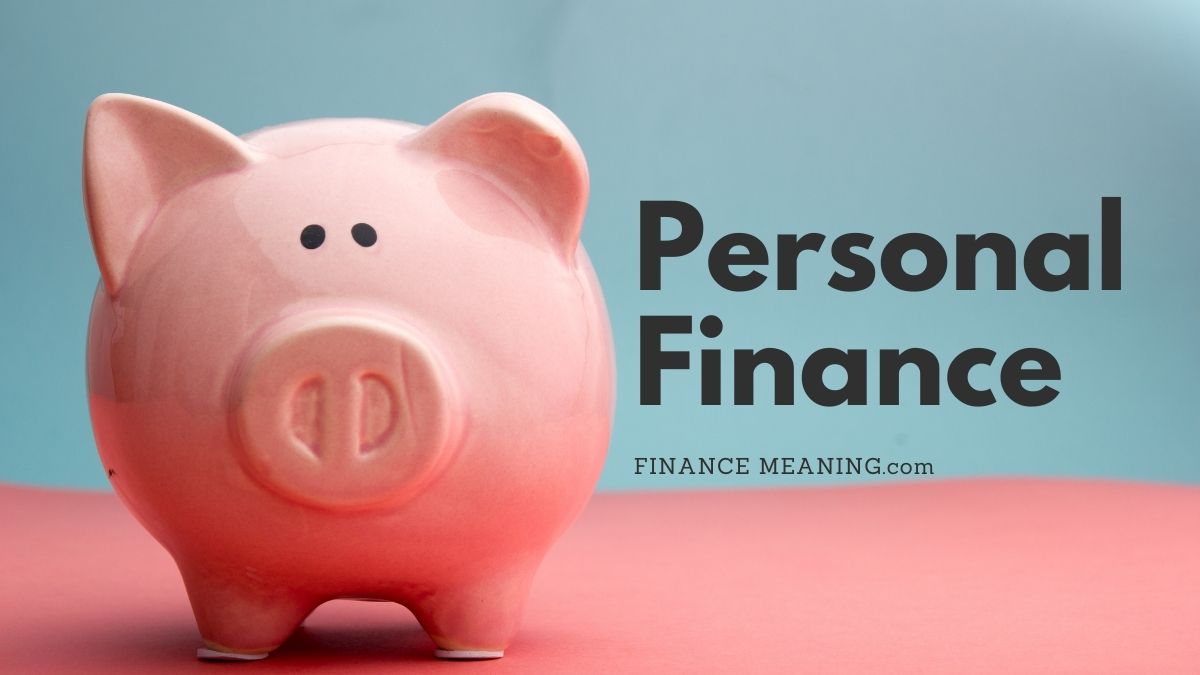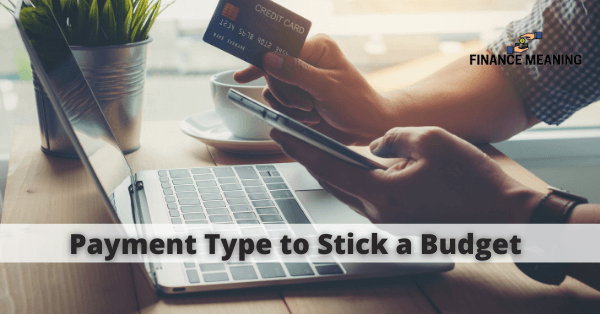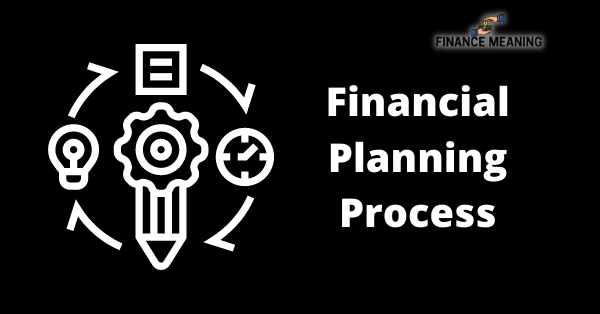In today’s fast-paced world, managing personal finances can be a daunting task. Personal finance software has become a crucial tool for simplifying the savings process, offering a range of features to help users make informed decisions and track their financial health. This article explores five compelling reasons why you should consider integrating personal finance software into your daily financial management routine.
Key Takeaways
- Personal finance apps provide a simple and intuitive platform for tracking income and expenses, which can be especially beneficial for those new to managing money.
- Real-time spending and tracking features in personal finance software allow users to monitor their financial activities on a single platform, promoting efficiency and control over their budget.
- The principle of simplicity in app design, such as the ‘3 clicks rule’, ensures that users can navigate to any function within the app quickly and without hassle.
- A focus on user experience in personal finance apps encourages consistent use and can justify the cost of paid services through the value they provide.
- Simplifi by Quicken offers customizable reports, a personalized spending plan that adjusts in real-time, and the ability to link various accounts, making it an ideal solution for planners and budget-conscious users.
1. Simple Finance Apps


Simple finance apps are the cornerstone of personal finance management for many users. They are designed to be intuitive and straightforward, allowing individuals to manually input their income and expenses. These apps are particularly beneficial for those who prefer a hands-on approach to budgeting.
Pros and cons of simple finance apps include:
- Pros:
- No risk of linking bank accounts
- Cost-effective for personal finance management
- Cons:
- Higher potential for human error
- Time-consuming due to manual entry
Simple finance apps empower users to take control of their financial tracking, but it’s important to weigh the ease of use against the time investment and accuracy concerns.
While these apps are good for helping you build and manage a budget, users should be aware of the potential for human error and the time required for manual data entry. By understanding these factors, individuals can make informed decisions about which type of app best suits their personal finance needs.
2. Real-Time Spending and Tracking


In the dynamic world of personal finance, real-time spending and tracking stand out as pivotal features of modern finance software. These tools empower users to monitor their expenses as they occur, providing a transparent view of their financial activities. For instance, MoneyPatrol offers a robust platform for tracking transactions, helping users to stay on top of their spending habits and adjust their budgets accordingly.
The convenience of having all your financial information in one place cannot be overstated. With real-time alerts, users receive immediate notifications about account activities, ensuring they are always informed and can react swiftly to any unusual transactions. This level of vigilance is crucial for maintaining financial security and confidence in the application.
By leveraging AI algorithms, personal finance software can analyze spending patterns based on income and expenses, adjusting in real time to reflect the user’s financial behavior. This proactive approach to budget management allows for a more accurate and personalized financial plan.
Furthermore, the integration of budget categories for every expense simplifies the process of financial tracking. Users can easily see where their money is going, which is essential for sound financial planning. Here’s a quick overview of how a typical finance app categorizes expenses:
- Housing and utilities
- Groceries
- Transportation
- Entertainment
- Health and wellness
- Miscellaneous
3. Simplicity


In the realm of personal finance, simplicity is key. A complex system can deter users from effectively managing their finances. The ‘3 clicks rule’ suggests that users should be able to reach their desired function within three simple taps, ensuring a hassle-free experience.
When designing personal finance software, it’s crucial to strike a balance between comprehensive features and straightforward usability. Simplify the process by using broad categories, which allows for a ‘good enough’ plan without the need for perfection. This approach can reduce the risk of human error associated with manual data entry and make the overall process less time-consuming.
The goal is to create an environment where managing savings accounts, tracking income, and monitoring investments is not only intuitive but also efficient. By focusing on user-friendly design, personal finance software like MoneyTalk and MoneyPatrol empowers users to take control of their financial health without feeling overwhelmed.
4. User Experience


The user experience (UX) of personal finance software is a pivotal element that can make or break its success. A well-designed interface that prioritizes ease of use and intuitive navigation can significantly enhance customer satisfaction and retention. Users often prefer applications that require minimal effort to perform financial tasks, adhering to the ‘3 clicks rule’—where a few simple taps should suffice to accomplish what they need.
By focusing on a user-centric design, personal finance apps can cater to those with no knowledge of finance management, offering an opportunity to integrate personalized suggestions and learning materials. This approach not only simplifies the user’s journey but also empowers them to make smarter financial decisions.
Understanding your target audience and their preferences is crucial in crafting an app that resonates with them. A responsive UI that functions seamlessly across various devices ensures that users have a consistent and satisfying experience, regardless of how they access the app. Moreover, constant customer support, potentially in multiple languages, can elevate the user experience, fostering loyalty and a global clientele.
5. Simplifi by Quicken


Simplifi by Quicken is the go-to solution for those who prioritize budgeting in their financial planning. It offers a real-time personalized spending plan that adapts to your financial activities, ensuring you’re always on track with your goals, whether it’s saving for a vacation or preparing for retirement.
Simplifi by Quicken provides a clear overview of your finances, allowing you to generate customizable reports that reflect your spending, income, and savings. This insight is invaluable for planning and adjusting your budget as needed.
For detailed insights and to maximize the app’s potential, users can explore the Tips & Tricks section. Here’s a quick glance at what Simplifi by Quicken offers:
- Cost: $2.99 per month or $47.88 billed annually
- Standout Features: Customizable reports, real-time spending plan
- Expense Categorization: Yes, with user modification
- Account Linking: Yes, including bank, credit cards, investments, and loans
If you’re still unsure about the commitment, Simplifi by Quicken allows users to request a full refund within the first 30 days if not satisfied. This gives you the freedom to explore the app’s features without any risk.
Conclusion
In conclusion, personal finance software offers a streamlined and efficient approach to managing your savings. By embracing the simplicity of modern finance apps, users can enjoy a user-friendly experience that adheres to the ‘3 clicks rule,’ ensuring quick and easy access to financial transactions and information. Whether you prefer the hands-on control of simple finance apps or the automated convenience of complex ones, the integration of features like real-time spending tracking, robust security measures, and personalized financial advice can significantly enhance your financial well-being. With the ability to generate customizable reports and receive real-time updates on your financial status, these tools are more than worth their cost for the clarity and control they provide. Ultimately, personal finance software is an indispensable ally in your journey towards financial stability and growth.
Frequently Asked Questions
What are the benefits of using simple finance apps?
Simple finance apps offer a low-risk way to track income and expenses due to manual data entry, and they are cost-effective to build. However, they may be time-consuming and prone to human error.
How does real-time spending and tracking improve personal finance management?
Real-time spending and tracking features allow users to monitor their expenditures on a single platform, saving time and reducing the need to switch between different apps to manage finances.
What is the ‘3 clicks rule’ in personal finance apps?
The ‘3 clicks rule’ suggests that users should be able to navigate to any feature within the app with just three simple taps, ensuring ease of use and a streamlined experience.
Why is user experience important in personal finance software?
A good user experience in personal finance software helps users manage their finances more efficiently, encourages consistent use, and can justify the cost of paid services.
How does Simplifi by Quicken cater to planners and budgeters?
Simplifi by Quicken offers customizable reports and a personalized spending plan that adjusts in real time, helping users budget for savings goals and track their financial progress.
Are there any costs associated with using Simplifi by Quicken?
Simplifi by Quicken costs $2.99 per month. There is no free trial, but users can request a full refund within the first 30 days if they are not satisfied with the service.





